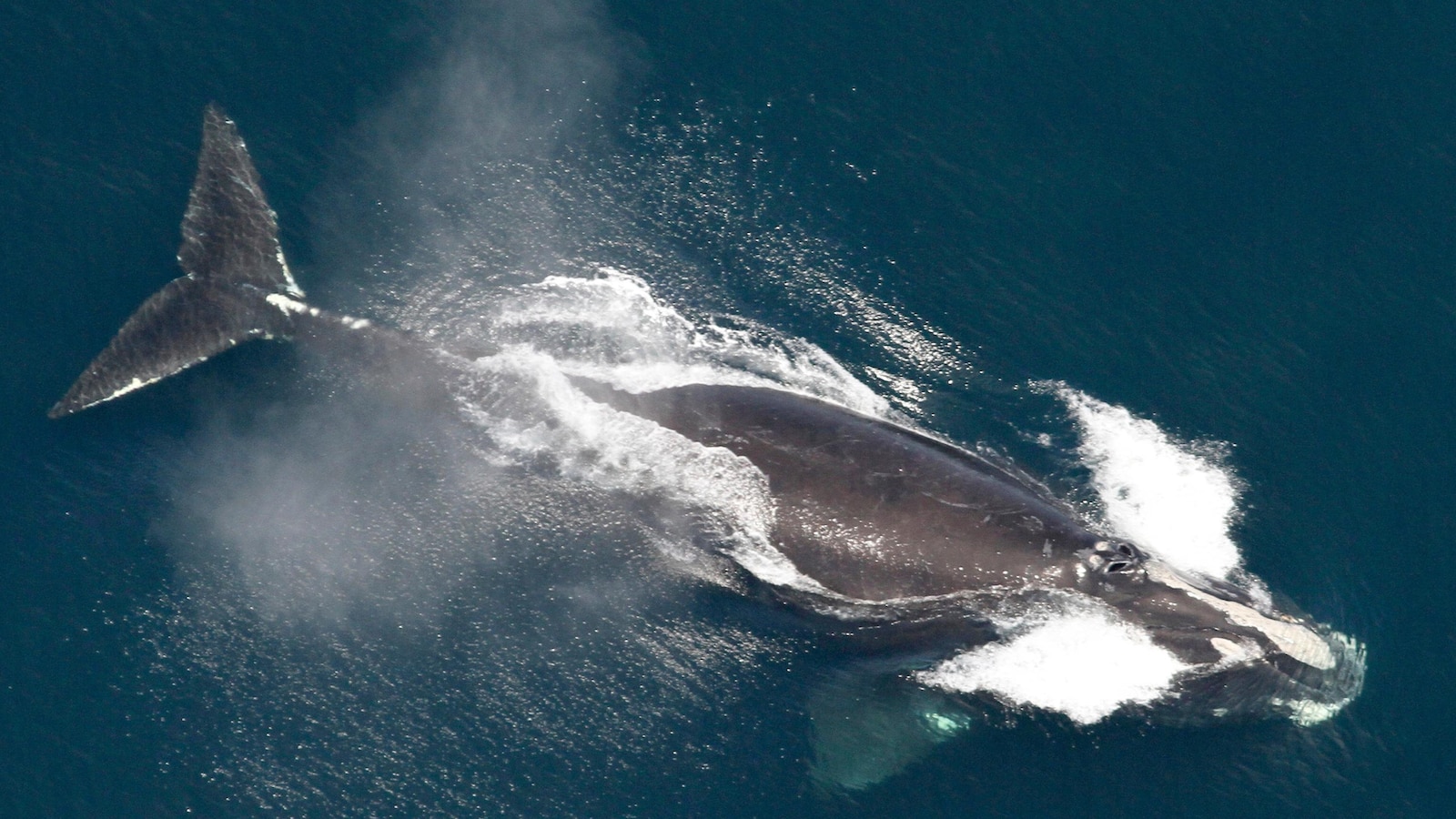**North Atlantic Right Whale Population Shows Encouraging Signs of Growth**
*PORTLAND, Maine* — One of the rarest whales on the planet, the North Atlantic right whale, has continued an encouraging trend of population growth thanks to new conservation efforts, according to scientists who study these majestic giants.
The current estimated population stands at 384 whales, an increase of eight individuals from the previous year, according to a report released Tuesday by the North Atlantic Right Whale Consortium. Over the past four years, the species has experienced slow but steady growth—a welcome development following a troubling decline throughout the previous decade.
From 2010 to 2020, the whale population fell by approximately 25%, largely due to collisions with ships and entanglement in fishing gear, both of which remain significant threats. The recent upward trend is viewed as a positive sign that conservation measures are making a difference.
Philip Hamilton, a senior scientist at the New England Aquarium’s Anderson Cabot Center for Ocean Life, said the population increase underscores the importance of protection strategies. The Center collaborates with the National Oceanic and Atmospheric Administration (NOAA) to calculate these population estimates.
“New management measures introduced in Canada, aimed at protecting whales amid their increased presence in the Gulf of St. Lawrence, have been especially important,” Hamilton noted. “We know that a modest increase every year, if sustained, will lead to population growth. The key question is whether we can maintain that momentum.”
Despite this progress, scientists caution that right whales still face significant risks, with accidental deaths from ship strikes and fishing gear entanglement continuing to threaten the species. Stronger conservation efforts remain crucial to ensuring long-term viability.
Another challenge for the population has been low reproduction rates. Whales are less likely to reproduce if they have suffered injuries or are undernourished, factors that have contributed to the species’ struggle to produce enough offspring to sustain numbers.
However, this year brought some promising signs: four mother whales gave birth for the first time, and several experienced mothers had shorter intervals between calves. In total, 11 calves were born. Although this figure is below researchers’ hopes, the entry of new females into the breeding population is encouraging.
Heather Pettis, who leads the right whale research program at the Cabot Center and chairs the North Atlantic Right Whale Consortium, emphasized the significance of this year’s progress. “Any number of calves is helpful in a year with no mortalities,” she said. “The slight increase in population, coupled with no detected mortalities and fewer injuries than in recent years, leaves us cautiously optimistic about the future of North Atlantic right whales.”
Pettis added, “This population can turn on a dime, and what we have seen gives us hope.”
Historically, North Atlantic right whales were hunted to the brink of extinction during the era of commercial whaling. They have been federally protected for decades.
Each year, these whales migrate from calving grounds off Florida and Georgia to feeding grounds off New England and Canada. Some scientists have raised concerns that warming ocean temperatures have made this migration more perilous, forcing whales to stray from established protected areas in search of food.
As conservation efforts continue, scientists remain hopeful that the North Atlantic right whale can recover and thrive once again.
https://abcnews.go.com/US/wireStory/worlds-rarest-whales-makes-atlantic-home-grows-population-126711391


